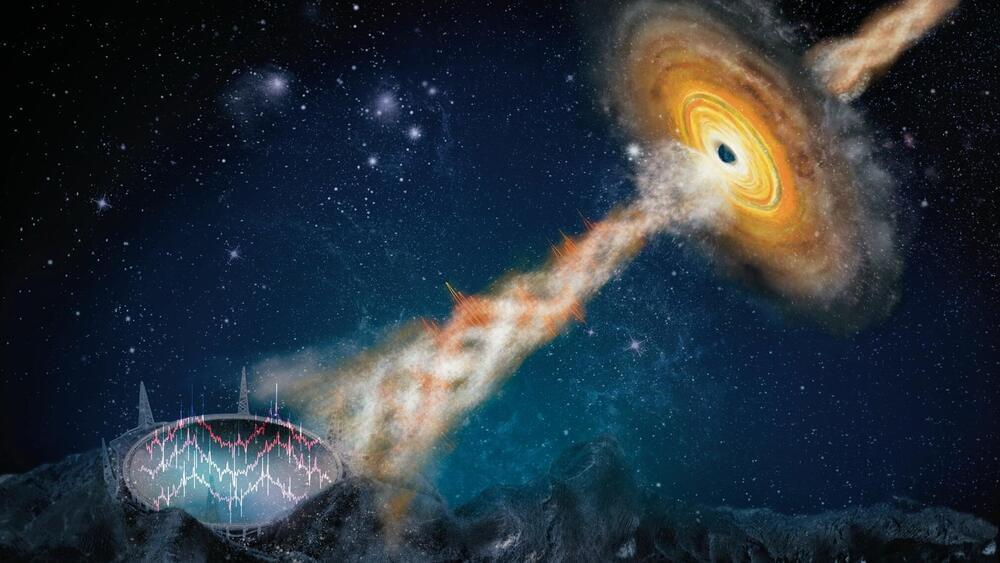The ability to get a strike force anywhere and fast is of vast strategic value, and the future may dropships landing anywhere on a planet within minutes.
Visit our Website: http://www.isaacarthur.net.
Checkout this episode ad-free on Nebula: https://nebula.tv/videos/isaacarthur-dropships-drop-pods.
Support us on Patreon: https://www.patreon.com/IsaacArthur.
Support us on Subscribestar: https://www.subscribestar.com/isaac-arthur.
Facebook Group: https://www.facebook.com/groups/1583992725237264/
Reddit: https://www.reddit.com/r/IsaacArthur/
Twitter: https://twitter.com/Isaac_A_Arthur on Twitter and RT our future content.
SFIA Discord Server: https://discord.gg/53GAShE
Listen or Download the audio of this episode from Soundcloud: Episode’s Audio-only version: https://soundcloud.com/isaac-arthur-148927746/dropships-drop-pods.
Episode’s Narration-only version: https://soundcloud.com/isaac-arthur-148927746/dropships-drop-pods-narration-only.
Credits:
Dropships & Drop Pods.
Episode 405, July 27, 2023
Written, Produced & Narrated by:
Isaac Arthur.
Editors:
David McFarlane.
Konstantin Sokerin.
Graphics:








